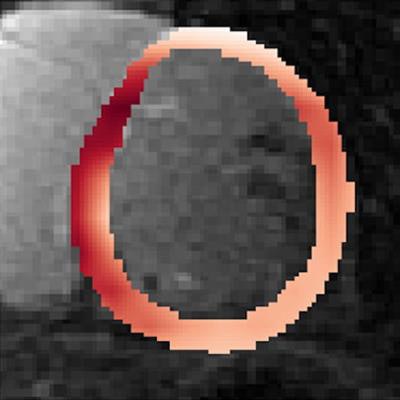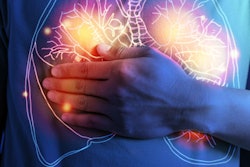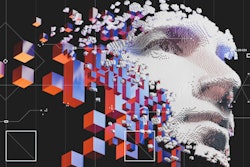
An artificial intelligence (AI) algorithm can predict from a patient's raw MR images if they will have sudden cardiac death over the next decade -- and when it's likely to occur, according to research published April 7 in Nature Cardiovascular Research.
Researchers from Johns Hopkins University have developed Survival Study of Cardiac Arrhythmia Risk (SSCAR), a deep-learning model that utilizes contrast-enhanced MR image data and clinical variables to estimate individual patient times to arrhythmic sudden cardiac death. Their algorithm yielded a promising level of performance on both internal and external datasets.
"This has the potential to significantly shape clinical decision-making regarding arrhythmia risk and represents an essential step towards bringing patient trajectory prognostication into the age of artificial intelligence," said senior author Natalia Trayanova, PhD, in a statement. "It epitomizes the trend of merging artificial intelligence, engineering, and medicine as the future of healthcare."
Although sudden cardiac death caused by arrhythmia accounts for as many as 20% of all deaths worldwide, little is known about why it's happening or how to tell who's at risk, according to Trayanova.
"There are patients who may be at low risk of sudden cardiac death getting defibrillators that they might not need and then there are high-risk patients that aren't getting the treatment they need and could die in the prime of their life," Trayanova said. "What our algorithm can do is determine who is at risk for cardiac death and when it will occur, allowing doctors to decide exactly what needs to be done."
SSCAR is based on multiple custom neural networks, as well as statistical survival analysis. The first neural network was trained using contrast-enhanced MR images that showed cardiac scar distribution from 156 patients with ischemic cardiomyopathy at Johns Hopkins. The goal was to capture hidden information about the scarring distribution that would reveal clues about a patient's survival, according to first author Dan Popescu, PhD.
Next, a second neural network was developed using 10 years of standard clinical patient data, including 22 factors such as patient age, weight, race, and prescription drug use.
A survival model then utilizes the information from these two neural networks to predict patient-specific survival curves. Their algorithm also estimates the level of uncertainty in its predictions.
 After analyzing raw MR images, a deep-learning algorithm can predict if and when a patient will have a lethal episode of heart arrhythmia. The algorithm detected high risk in the heart circled in red. Image courtesy of Johns Hopkins University.
After analyzing raw MR images, a deep-learning algorithm can predict if and when a patient will have a lethal episode of heart arrhythmia. The algorithm detected high risk in the heart circled in red. Image courtesy of Johns Hopkins University.After performing internal cross-validation, the researchers then retrospectively tested SSCAR on an external dataset of 113 patients with coronary heart disease. They used Harrell's concordance index (C-index) to measure the model's risk discrimation ability and an integrated Brier score to assess the fit of the algorithm's results for various time points. The higher the C-index the better, and the lower the Brier score the better.
| AI's performance for predicting arrhythmic sudden cardiac death | ||
| Internal dataset | External dataset | |
| Concordance index | 0.82-0.89 | 0.71-0.77 |
| Integrated Brier's score | 0.04-0.12 | 0.03-0.14 |
| Area under the curve (AUC) | 0.87 | 0.72 |
In future work, the researchers are training additional algorithms to detect other cardiac diseases. They also noted that their deep-learning concept could be developed for other fields of medicine that rely on visual diagnosis.




.fFmgij6Hin.png?auto=compress%2Cformat&fit=crop&h=100&q=70&w=100)




.fFmgij6Hin.png?auto=compress%2Cformat&fit=crop&h=167&q=70&w=250)











